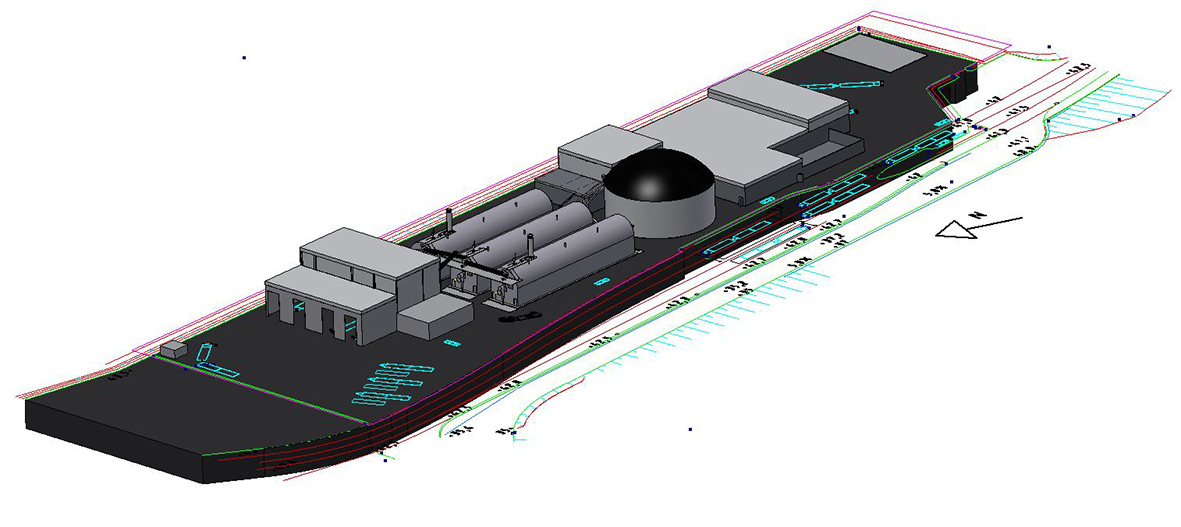Over approximately the next eighteen months, the first Kompogas plant in Scandinavia will be built in Högbytorp, to the northwest of the Swedish capital of Stockholm. The project initiator and client is E.ON Sverige, one of the largest players in the Swedish gas market. E.ON has awarded the engineering, procurement, and construction contract for the facility to the Swiss clean-tech company Hitachi Zosen Inova (HZI). “We were first and foremost impressed by HZI’s long-standing experience in plant construction and the reliability of the tried-and-tested Kompogas technology,” said Hakan Eriksson, Project Director at E.ON Sverige, explaining the reasons be-hind the company’s decision.
This project marks a particular milestone for HZI: “We are delighted to be taking on a key role in this project by constructing the plant, while also actively contributing to supporting Sweden achieve its decarbonization targets at the same time,” emphasized HZI CEO Franz-Josef Mengede. Sweden launched an initiative in 2015 aimed at markedly reducing CO2 emissions and making it the first industrialized nation in the world to become a fossil fuel-free economy.
The highly automated Kompogas plant will form part of a cluster of energy-from-waste facilities at the Renewable Energy Park in Högbytorp, around 40km north-west of Stockholm. Three state-of-the-art Type PF-2100 steel digesters will process around 83,000 tonnes of green and food waste as well as biowaste every year. The waste will be collected separately and delivered from across the Upplands-Bro region. A sophisticated airlock system will prevent odor emissions escaping from the delivery hall into the surrounding.
The digestion process takes around 14 days, and produces biogas that will be upgraded to 6,800,000 m3 of biomethane and fed into the gas grid – the equivalent of around 7 million liters of fossil fuels. The resulting digestate will then be dewatered, with the liquid fraction being used as liquid fertilizer by local farmers and the solid material being processed further on site to high-grade compost.
The project schedule envisages engineering work immediately after the contract is signed on 27 February, 2017 with a start of on-site construction work in September 2017. The first feed into the digester is planned for summer 2018.






